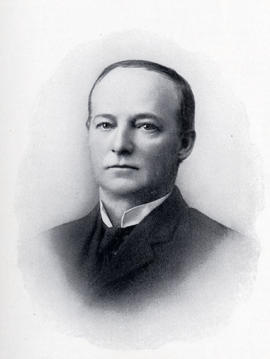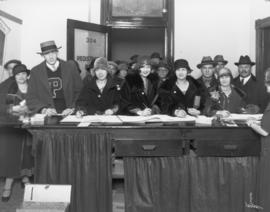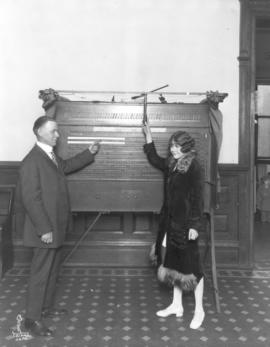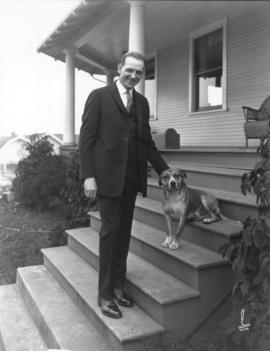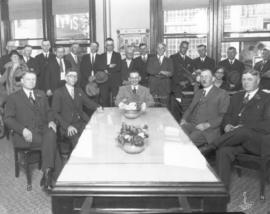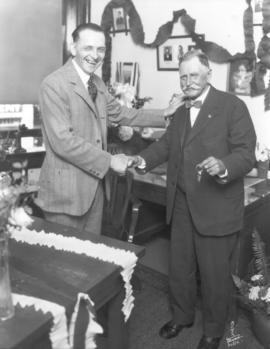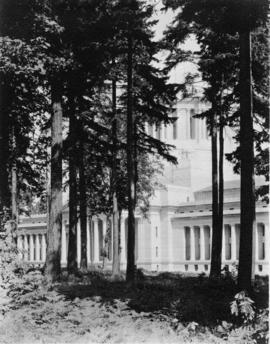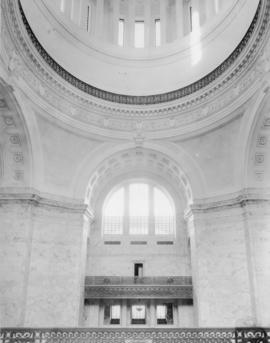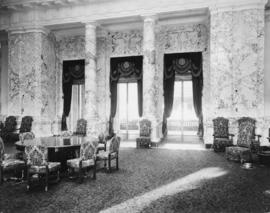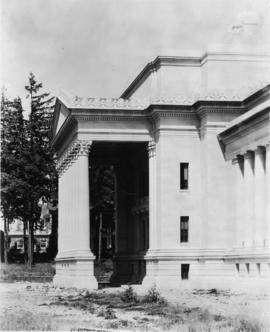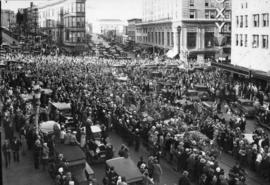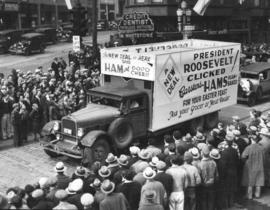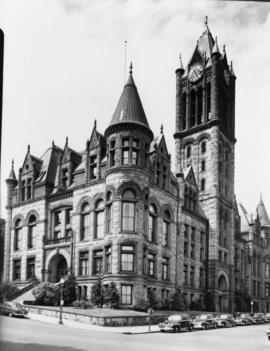- Item
- ca. 1880
Part of Chapin Bowen Photographs
ca. 1880. Henry Drum was elected mayor of Tacoma on May 1, 1888. Mayor Drum, a prominent banker and staunch Democrat, defeated A.C. Smith by a majority of 52 votes out of a total of 1,712. Mr. Drum had arrived in New Tacoma only five years before his mayoral election and had immediately immersed himself in the business and social functions of this growing city. He was a stockholder and director in many businesses including the Skagit Railway & Lumber Co., Fidelity Trust Co., and Tacoma Lumber & Manufacturing Co. as well as one of the organizers of the First Unitarian Society in Tacoma and was an active Mason. Mr. Drum served one term as mayor, choosing not to run for re-election. He became the only Democrat elected to the first state Senate and served several terms. This picture is from William F. Prosser's "A History of the Puget Sound Country" The Lewis Publishing Company, 1903. opp p.96 (North Pacific History Co.: History of the Pacific Northwest, p. 307-309) ALBUM 16. Also G1.1-055
